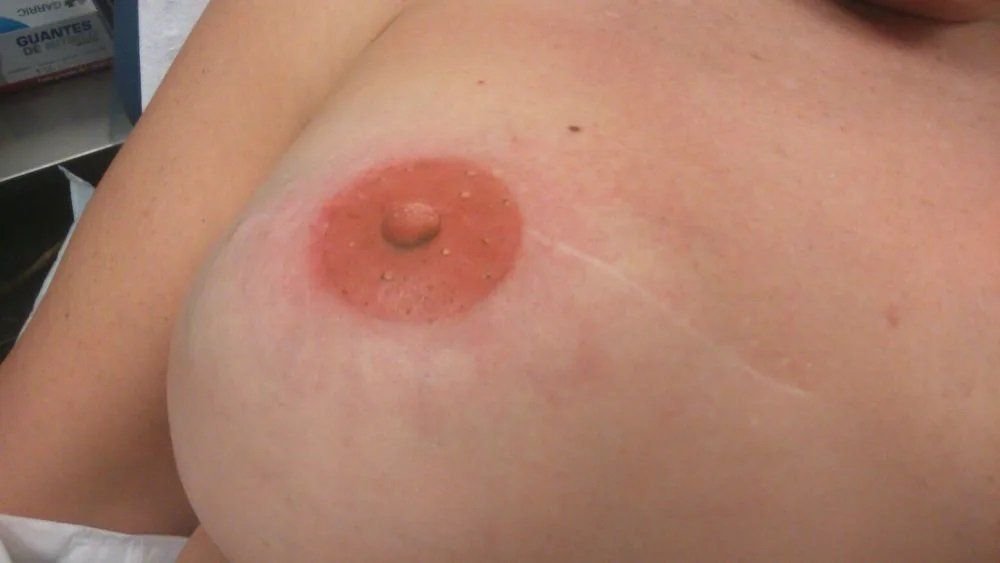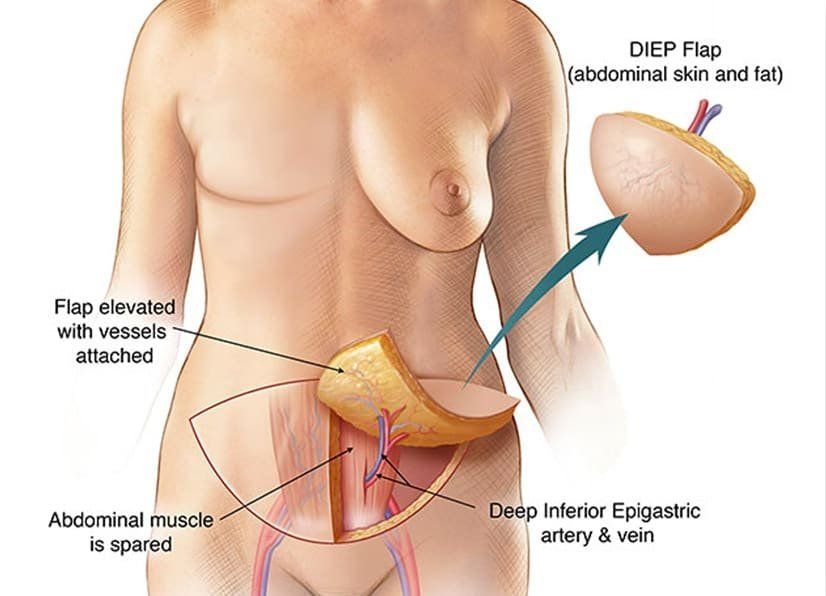Preparing for DIEP Flap Breast Reconstruction
Patients who have opted for mastectomy with DIEP flap reconstruction often ask what they can do to best prepare for the recovery process. The amount of time between deciding on the right surgery for you and the surgery date varies from patient to patient. Some patients have only a few weeks between their diagnosis and surgery; others have months to years depending on other treatments or life circumstances. In either situation, the following recommendations apply.
1. Maintain a healthy diet
Eating a balanced diet of protein, healthy fats, fruits and vegetables will help you get the proper macronutritents, vitamins and minerals needed for healing and recovery after surgery. Try to minimize your intake of sugar, foods with added sugar, or highly processed foods. These foods can be pro-inflammatory and are unlikely to be nutrient-rich sources of food. Most patients do not need any type of supplements prior to surgery
2. Optimize cardiovascular status
Exercise in the form of aerobic activities (i.e. walking, jogging, biking, etc.) strengthens your cardiopulmonary system to better tolerate surgery and anesthesia, helps control blood pressure, and contributes to a faster post-operative recovery. Some patients have high blood pressure, coronary artery disease or other cardiac issues. It’s important to optimize the management of these issues with your cardiologist prior to surgery. If you have a history of heart problems or are not currently physically active, check with your doctor before beginning exercise routines.
3. Minimize risk factors of surgical complications
Many patient factors that contribute to surgical complications, such as poor wound healing and infection, are modifiable. If you are an active smoker, the best thing you can do for your recovery would be to completely eliminate nicotine use. If you are overweight or have diabetes, it’s also extremely beneficial to lose weight and/or control your blood sugar as much as possible prior to surgery. Talk to your doctor about strategies to reduce risk factors of surgical complications before surgery.
4. Mental preparation
Undergoing breast reconstruction surgery can be stressful mentally and emotionally, especially if you are also processing a new breast cancer or gene mutation diagnosis. Having emotional and spiritual support systems in place in the form of family and friends is also important. You may also find it helpful to have some personal coping mechanisms in place prior to surgery such as journaling, meditation, support groups or prayer. Lastly, it’s important for you to have a positive relationship with your surgeon. Open communication about the surgery, recovery and expectations will help you feel comfortable and confident with your decision to undergo breast reconstruction surgery.







